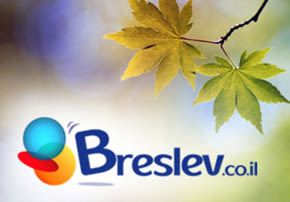
VeeVee and the Philodendron
My life as a ten year old in fourth grade went on. Veevee’s cage remained in my room. I didn’t have the heart to empty it and, despite all logic, I still...

When I was ten years old I bought a pair of hamsters with the money that I had received from selling my comic book collection. The female died within a few days. The male, Veevee, was fat and brown with a small, dark V-shaped mark on his back. He was active and healthy and lived in his cage on a coffee table near my closet for six months before that fateful day.
One morning I let Veevee have free range of the kitchen floor. He ran here and there exploring every corner of the room. Then he ran under the counter but didn’t come out. I squatted down to take a peek and discovered, to my dismay, that there was a gap between the floor and the bottom of the cabinet, just wide enough for a hamster to squeeze through and disappear. Where could he have gone? I had no idea.
I put some seeds on a plate and placed it near the counter, hoping he would reappear, but he didn’t. We silently feared that some stray cat would discover him before we did.
My life as a ten year old in fourth grade went on. Veevee’s cage remained in my room. I didn’t have the heart to empty it and, despite all logic, I still hoped for his return.
Then, one winter afternoon, three weeks after Veevee’s disappearance, I trudged back from school through the snow-blanketed streets. When I reached home Mom greeted me with news that a neighbor had inquired if we had recently lost a pet rodent.
Could it be Veevee?! I ran through our backyard, climbed through the snow covered hedge and quickly made my way to our neighbor’s back door. Consumed with expectation, yet afraid to be disappointed, I hesitated before knocking.
The moment I knocked, the door was flung open by my neighbor, a young woman I barely knew.
“Um, hello…my mother thought you might have my hamster?” I looked up at her.
“Yes, come in!” She greeted me warmly.
“I was looking out the kitchen window and I saw a cat playing with something. He was tossing it around and it looked like an animal. When I came out, the cat ran away and I found this…”
She handed me a pail. Inside was an emaciated creature with dirty, matted fur, lying on its side with its eyes closed.
Nervously, I stared at it. Well, how did I expect Veevee to brave the elements and survive the dangers of life in the wild after generations of tame domestication? What had he eaten and where had he slept for nearly a month?
“I’m sorry,” offered my neighbor. “I don’t know if he’s even alive.”
Gently taking the pail, I thanked her and returned home, subdued. Should I have any thoughts that Veevee would recover? Wordlessly, I passed my mother in the kitchen. She offered me a sympathetic nod as I headed up the stairs to my room. Cautiously I transferred my limp little critter into his soft, fluffy nest of cotton wool that had waited patiently for his return. He wasn’t dead. He was traumatized from his close call with the cat, and obviously completely exhausted.
I silently sent my hamster messages of encouragement as I left him to recuperate undisturbed in his familiar surroundings.
Veevee slept three days and three nights without stirring from his warm nest. On the third day he wobbled out for a drink from his water bottle and a nibble of grain, and then went back to sleep some more.
Within a week, Veevee’s whiskers were quivering as he ate; he was running on his exercise wheel and climbing into my hand for comfort. I marveled at what a hardy soul he was to have survived his ordeal.
* * *
Years later, living in Jerusalem, I noticed a discarded potted plant, a Red Princess philodendron, near the garbage bin. I brought it home and placed it next to the door of the small porch in our apartment. It thrived and grew until I thought it might need more light. I transferred it to the porch and placed it directly in the sun. The poor thing withered away, burned to a crisp by the strong Middle Eastern rays. Mournfully, I brought the container with its shriveled brown remains back inside, and placed it on a shady windowsill.
Guilt-ridden that I’d caused its untimely demise, I apologized profusely and watered it faithfully, hoping against hope that maybe it would revive.
Whenever I passed the pot I silently shouted messages of encouragement: “Grow! Grow!” And I apologized again for unintentionally destroying it.
One day I happened to notice that there was a small reddish shoot tentatively appearing amidst the dry leaves that I’d never removed!
Excitedly, I stared in awe at this evidence of life. Over three months had gone by without a hint of vitality and now here was resuscitation of the dead right before my very eyes! It was almost too much to believe!
Each passing day brought a tiny bit more growth, as the little sprout reached higher and higher and new leaf buds began to emerge from the stem. Then another wee red shoot appeared beside it, and together they grew, slowly unfurling their delicate leaves. I watched with joy as the philodendron made its fresh beginning. Here was solid evidence that the dead could come back to life!
* * *
Many more years later of living in Jerusalem, while shopping in a local grocery, I bumped into a neighbor.
“I can’t sleep at night after hearing the latest news,” she began.
“What happened?”
“You didn’t hear?! Well, I can’t be the one to tell you!!” She refused to say another word.
I returned home. It took just one phone call to learn that friends of ours had lost their child. His death was brutal, beyond belief, even in an era of terrorism.
What could we ever say to lessen their distress, to soothe the raw gaping hole in their heart, to quiet the plaguing nightmares and the bitter feeling that they had failed as parents to protect their offspring? Our feeling of helplessness was overwhelming.
Their recovery was a slow, slow process. We couldn’t intrude; there was only silent shouts of encouragement and the incessant prayers.
Again in awe, but this time of the human spirit’s ability to rejuvenate, we saw our friends go beyond their own unceasing anguish and begin to reach out and help others heal. Their pain had meaning as they supported one another and held each other upright, with Hashem’s help.
* * *
The faintest flicker of life can sprout into new vitality. Even in the darkest night, there is always hope; even in the darkest night there is always hope.
May Hashem grant us the strength to convert our pain into constructive actions of meaningful and purposeful loving kindness, growth and life.
May we appreciate and utilize our gift of life to serve the Source of all Life!



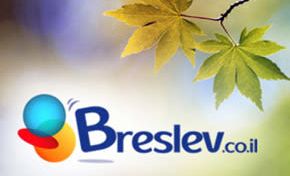
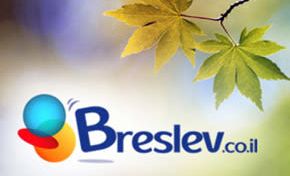

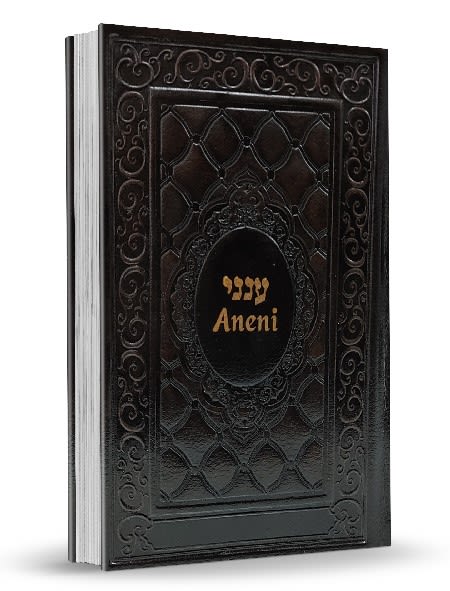
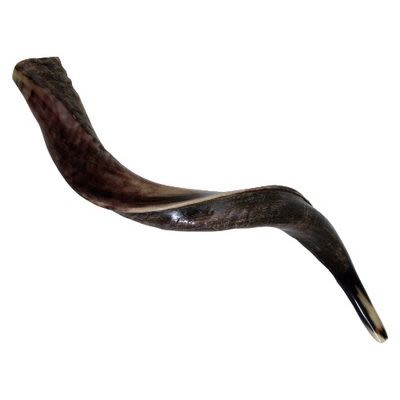
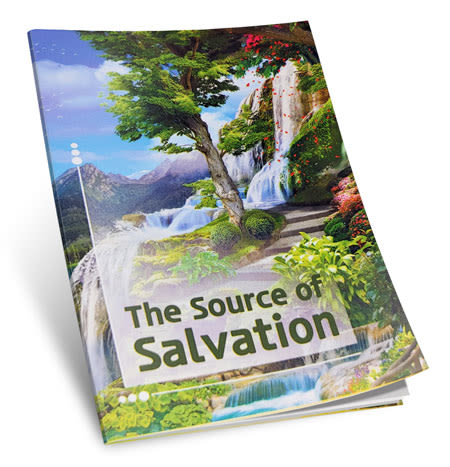
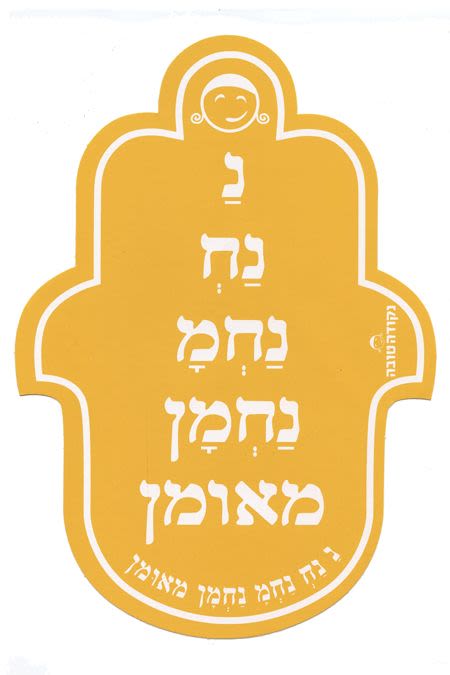
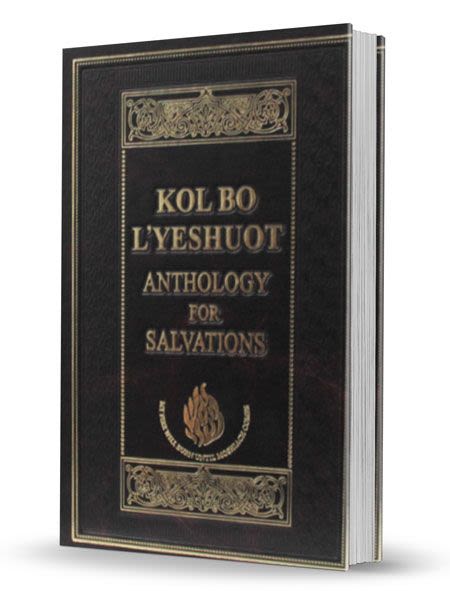
Tell us what you think!
Thank you for your comment!
It will be published after approval by the Editor.